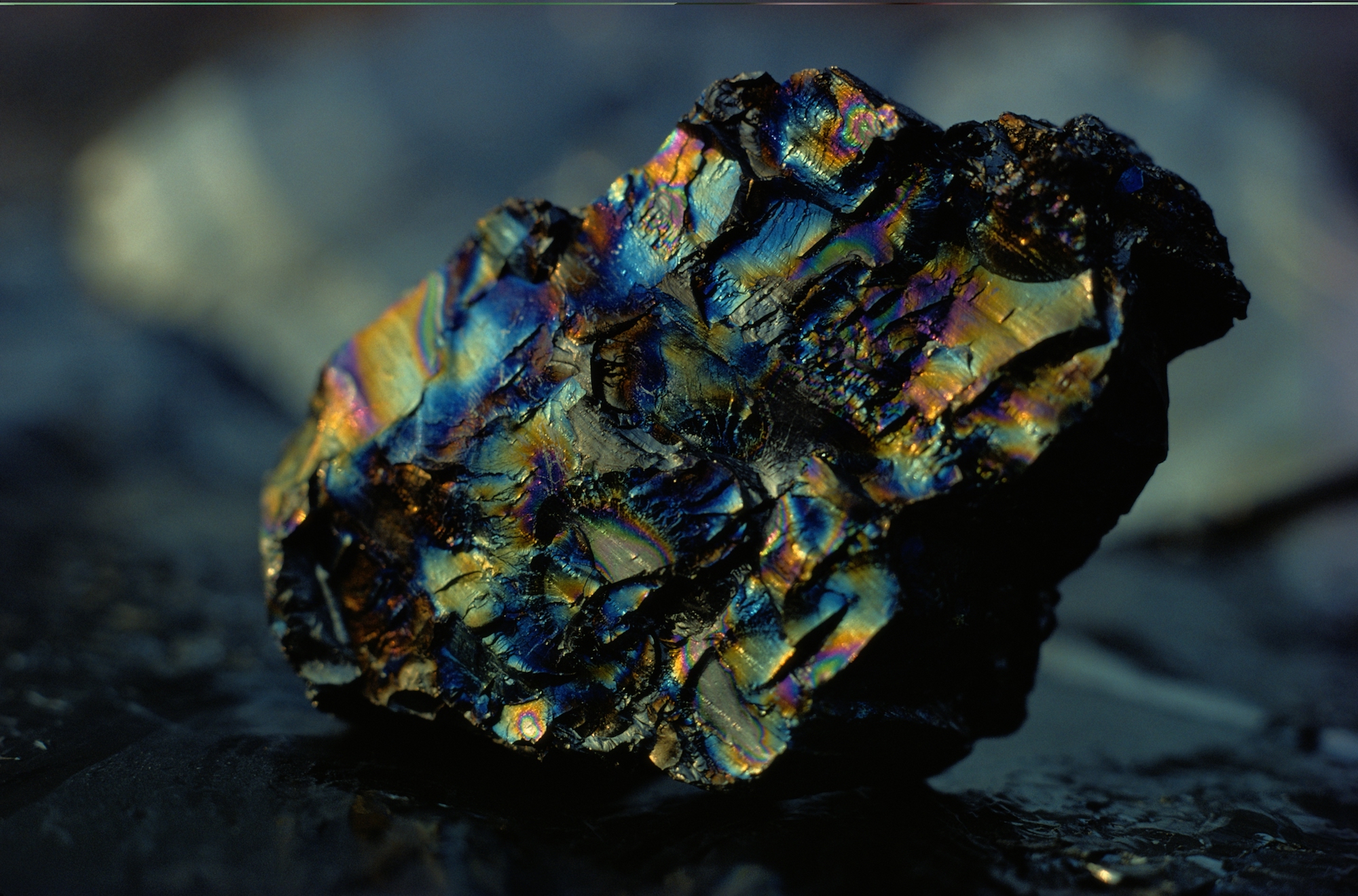Exploring the Benefits of Integrated Players in Non-Coal Minerals 2023

Exploring the Benefits of Integrated Players in Non-Coal Minerals 2023
Non-coal minerals, such as iron ore, bauxite, limestone, and others, are vital for various industries, from steel and aluminum to cement and electronics. Over the years, policymakers have been working on reforms that can boost the production and exploration of these minerals.
As these reforms take shape, one thing becomes clear: integrated players—those involved in both mining and downstream processing—are reaping substantial benefits.

Non-coal minerals play a pivotal role in the economic growth of nations, as they are primary raw materials for industries like construction, transportation, aerospace, and more. Historically, the mining sector was dominated by state entities or faced multiple bureaucratic hurdles.
The sector has experienced a significant movement away from the so-called merchant miners to bigger integrated firms eight years after the issuance of mining leases for non-coal and non-fuel minerals was placed under a mandatory-auction framework.
The 2015 revisions to the Mines and Minerals Development and Regulation (MMDR) Act, 1957 have the additional effect of boosting government coffers through the receipt of funds from various levies. As the merchant mining sector used to have a relatively high employment elasticity, job losses or limited growth in new employment are considered as negative effects.
Although the sector’s overall output has stayed constant, exports, excluding precious stones, have dropped to Rs 15,424 crore in FY23, the lowest level in four years, suggesting that recent investments have yet to bear fruit.

Only a fraction of the 324 mining blocks that were successfully auctioned off over the course of the past eight and a half years have ended up in the hands of merchant miners in the private sector. JSW Group, Vedanta, and other companies take home the remaining shares. By constructing end-use facilities, relatively larger commercial miners are making an effort to stay relevant.
On the plus side, auctioning has helped the resource-rich governments’ budgets. The state governments have the authority to issue mineral concessions for the minerals under their control in accordance with the Mines and Minerals (Development and Regulation) (MMDR) Act, 1957. The different state governments get the money made from mining activities, including royalties, donations to the District Mineral Foundation (DMF), auction premiums, etc.
However, the Central government benefits from contributions made to the National Mineral Exploration Trust (NMET).
According to the Act, new leases awarded via the auction mechanism after January 12 2015 must pay 10% of the royalty, whereas leases awarded prior to 2015 need the holder to contribute 30% of the royalty to DMF.

A staggering Rs 81,283 crore was collected on DMF alone up till July of this year. This is essentially a shift of wealth from the merchant mining sector to the bigger firms and the government.
Non-coal mines were distributed under the “first come, first serve” mechanism prior to the MMDR Act revision in 2015.
Additionally, the lease renewal procedure was eliminated by the MMDR (Amendment) Act. Many merchant miners relinquished their leases as a result of this. While the opening days of the auction system’s captive and non-captive distinctions for leases put up for allocation affected the interests of merchant miners, the government later erased the divergence to promote greater participation in the auction regime.
However, this had little impact on the merchant miners’ outcome. This is due to the requirement that they meet premium-paying commitments—which sometimes exceed 100%—made by integrated players in order to obtain a lease. Such companies charge high rates in an effort to guarantee the security of their raw materials.

A bidder who accepts a premium promise of 101% must provide the government an additional Rs. 101 for every Rs. 100 in proceeds from the sale of minerals. In one instance, the successful bidder’s premium commitment reached 154%.
According to statistics from the mines ministry, as a result, the number of reporting mines has steadily decreased, going from 1,385 in 2019–20 to 1,375 in 1920–20 and finally to 1,319 in 2021–20.
Up till March 2021, 3,314 mining leases were awarded. According to industry players, the merchant miners’ market share is expected to continue declining because they no longer actively engage in the auction process.
While there are many non-coal minerals, bauxite, limestone, iron ore, chrome ore, manganese ore, and graphite are the most often mined. Deep-seated minerals including gold, silver, platinum group of minerals, diamonds, copper, zinc, lead, nickel, cobalt, and others are also covered by the new regulations.
This scenario began to shift with the realization that for a country to become self-reliant in its mineral resources, private participation and ease of doing business were crucial.
One of the notable reforms is the transition of licenses. Earlier, miners needed to apply separately for reconnaissance, prospecting, and mining.

Now, a seamless transition from reconnaissance to prospecting to mining has been introduced. Integrated players, with their established infrastructure and deeper pockets, can explore and then quickly transition to extraction, giving them an edge over smaller entities.
The introduction of online portals for application submissions, real-time tracking, and the digitalization of many approval processes reduces the lead time for permissions. Integrated businesses, with dedicated teams for regulatory affairs, can navigate these systems more efficiently.
Lease tenures for mining have been extended, giving more extended periods of operational certainty to businesses. This is particularly beneficial for integrated players as they often have large capital setups, like processing plants, which require longer time horizons to generate a return on investment.
The shift from a fixed royalty to a revenue-sharing model means that the government will get a share of the revenue from the sale of minerals. This change ensures that players who add value and can fetch better prices for finished products (like steel from iron ore) stand to benefit.

Reforms have increasingly favored the setting up of downstream processing units, offering incentives and policy support. Integrated players, given their involvement in both mining and processing, are naturally positioned to make the most of this.
Mining and mineral processing can be ecologically damaging. Integrated players need to invest in sustainable mining practices and technologies to minimize environmental impact.
Land acquisition remains a contentious issue. While integrated players have more negotiation power due to their size, they need to ensure that the process is fair and just, focusing on the welfare of local communities.
Infrastructure, especially in remote mining areas, remains underdeveloped. Although integrated players can afford to invest in necessary infrastructure, government support in this area can accelerate the pace of development.

Reforms in the non-coal minerals sector are undeniably pushing the industry towards a more efficient and growth-oriented trajectory. Integrated players, with their dual involvement in mining and downstream processing, are well-poised to harness these opportunities.
As they march forward, a collaborative approach with the government, focusing on sustainable and inclusive growth, will ensure that the benefits of these reforms are felt across the board.




